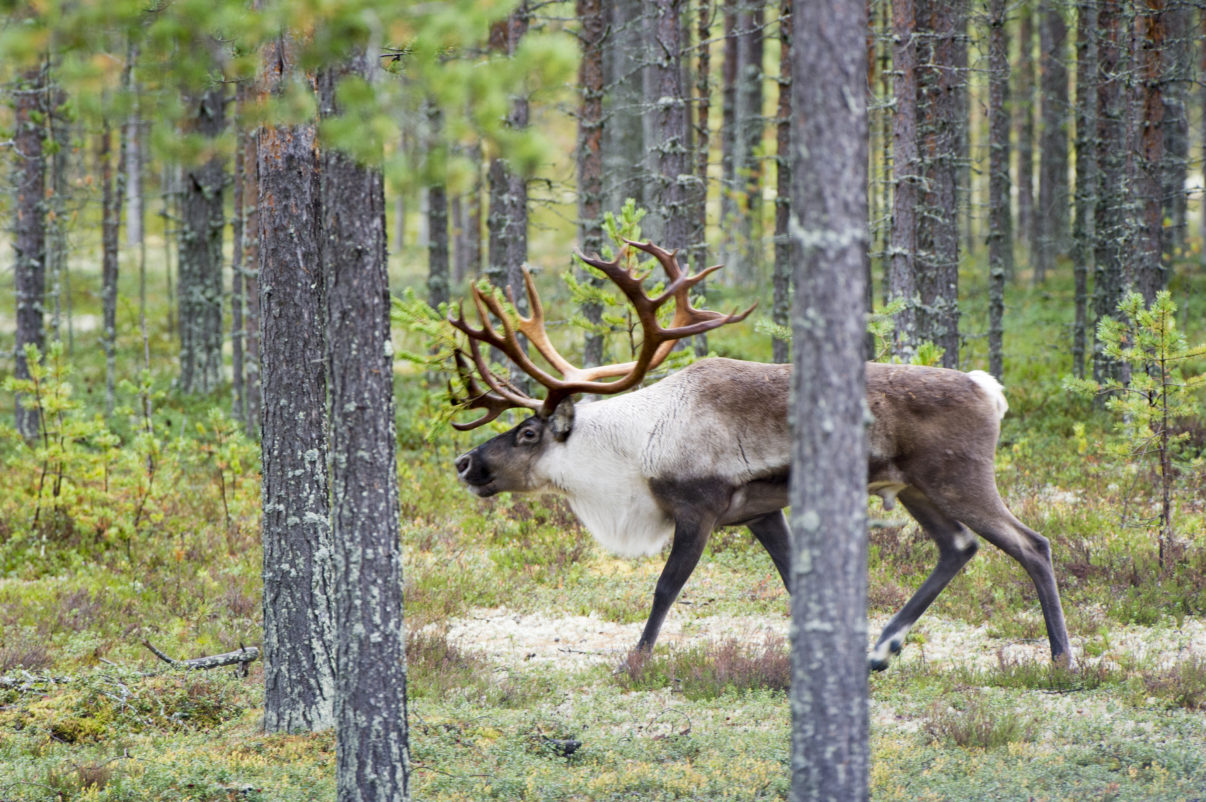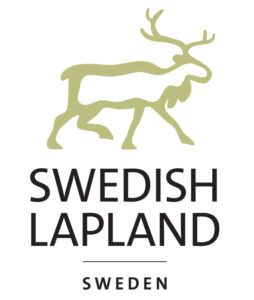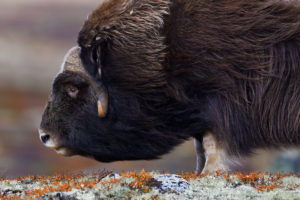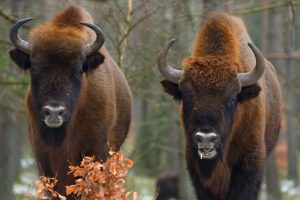Before they suffered at the hands of man, the European bison, wild forest reindeer and musk ox once roamed widely across large parts of Sweden. Reintroducing and enhancing populations of these large native herbivores can benefit both wild nature and the people of Sweden.

 Historic decline
Historic decline
In the nineteenth century, Swedish populations of large herbivores such as moose, red deer, roe deer and wild forest reindeer declined dramatically due to hunting. While the moose, red and roe deer were finally saved from countrywide extinction by conservation measures, such protection came too late for the forest reindeer, which disappeared completely in the 1860s.
The extinction of the European bison and musk ox in Sweden dates back further in time, with the former thought to have disappeared sometime during the Bronze Age (3000 BC – 1200 BC). Continental Europe’s most recent musk ox remains – discovered in the Swedish county of Jämtland – date back around 6000 years. As with the forest reindeer, unsustainable hunting probably played a major role in the disappearance of both species.
Tentative recovery
Today, thanks to a number of dedicated conservation programmes – including efforts by Rewilding Europe – the bison is making a pan-European comeback. From near extinction at the beginning of the twentieth century, the current total population stands at around 7000 individuals, with around two-thirds of these roaming free in nature. While there are still no wild bison in Sweden, Swedish breeders continue to play an important role in the recovery of the species.

The musk ox has also made a limited return to Sweden. Following the translocation of wild musk ox herds from Greenland to Norway in the mid-twentieth century, a few animals crossed the border into Sweden. This population remains vulnerable and urgently needs bolstering with more animals (this has started to happen with the release of musk ox born in captivity at the Swedish Musk Ox Centre).
Keystone effect
European bison, wild forest reindeer and musk ox are all considered “keystone species” – organisms that have a disproportionately large effect on their natural environment relative to their abundance.
As such, the reintroduction of European bison and wild forest reindeer in Sweden, coupled with the reinforcement of the country’s small wild musk ox population, would not only contribute to the conservation of the three species themselves, but positively impact many others too, creating new habitats, restoring natural food webs, and amplifying efforts to rewild Swedish landscapes.
Wide-ranging benefits

The potential impact of the three species (especially bison) is heightened by Sweden’s current dearth of domestic grazers in the south of the country. Wild forest reindeer, which survive to a large extent on lichen during the winter, would form an important prey base for carnivores, which could lead to fewer attacks on domestic animals.
By opening up overgrown pastures, the European bison would benefit a wide range of plants, insects and birds. And the musk ox, which occupies its own ecological niche in mountainous Arctic landscapes, also plays an important role with its grazing and trampling.
Last but not least, the restoration of these three iconic species could also underpin thriving nature-based economies through the development of wildlife tourism. This would be of particular benefit in rural areas of Sweden.
The next step
Sweden’s neighbours are already showing us what is possible. The wild forest reindeer returned naturally to Finland (from Russia), with the Finnish population further strengthened by releases. This population is kept away from the mountain reindeer herding area to the north to prevent mixing of genetic subspecies.
The reintroduction of both European bison and wild forest reindeer in Sweden could begin from various Swedish breeding centres and zoos almost immediately, preferably supplemented with individuals caught in the wild (in other parts of Europe). Bison are already sent from Swedish zoos to Russia, Poland and Romania to strengthen wild populations there. And in Norway there is already a far larger population of wild musk ox (in and around Dovrefjell), with animals adapted to the same conditions found across the border in Sweden.
When it comes to restoring Swedish populations of large native herbivores, the benefits are clear and the opportunities are there. The question is not whether we can, but whether we will.
This blog piece was written by Linnéa Falk, Director of Rewilding Sweden. An article expressing similar opinions – co-written by Linnéa Falk and a range of other interested parties (including European Rewilding Network member Wild Sweden) – featured in high-profile Swedish newspaper Aftonbladet on Monday, September 2.
